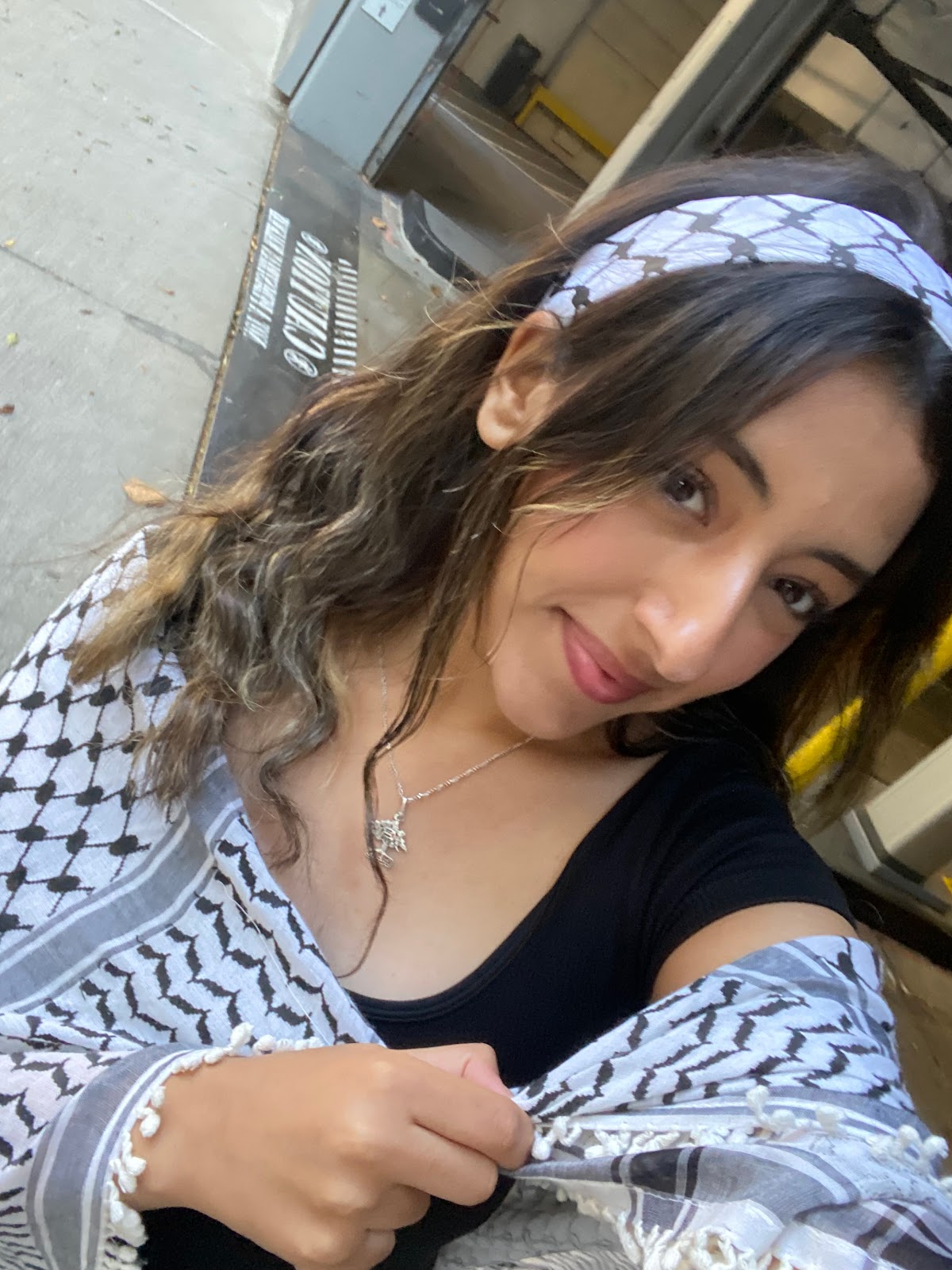Advice for Strike Tactics!
Hi delegates!
We are just about a week out from conference, and I wanted to offer some guidance on how to think about your strike strategy and tactics.
One theoretical starting point we'd like to offer is Doug McAdam's study of the Civil Rights Movement of the 1950s and 1960s. In his book Political Process and the Development of Black Insurgency, McAdam explains that insurgent social movements arise out of 3 factors:
- When political conditions shift to favor insurgents, either by increasing their political leverage or by increasing the costs associated with repressing/suppressing them
- If there are robust community organizations that can bring individuals into mass campaigns of political action and convert windows of political opportunity into full-fledged movements
- "Cognitive liberation," or when people are not only able to identify the injustice they face, but believe that they are capable of changing their circumstances through collective action
He goes on in his article "Tactical Innovation and the Pace of Insurgency" to explain that movements' ability to successfully sustain themselves over time depends on insurgents' ability to maintain their political leverage despite the institutional powerlessness they face. This entails forcing those in power to deal with them outside of institutional channels (such as elections and formal negotiations), in which the oppressor will always have the upper hand. In the case of the Civil Rights Movement, Black insurgents maintained their leverage by engaging in a strategy of disruption; they created "negative inducements" to bargaining that disrupted society and their opponents so much that "the cessation of the offending tactic becomes a sufficient inducement to grant concessions" (735-736).
McAdam goes onto explain that the success and pace of the Civil Rights Movement depended on a back-and-forth interaction between tactical innovations by activists, and tactical adaptations by segregationists and the government. For example, a major turning point in the Civil Rights Movement was the introduction of the tactic of a sit-in, where Black students and community members occupied segregated lunch counters and businesses to protest racial segregation. This was a tactical innovation in the sense that it was accessible to small groups of people in all kinds of areas, not just major cities, and because it imposed costs directly onto segregationists, as the sit-ins made their businesses flashpoints for racial violence and scared away customers due to the "crisis atmosphere" that was created. The sit-ins kicked off a wave of protest activity throughout the South and led to major advancements in desegregation.
However, it also eventually triggered tactical adaptations that neutralized the effectiveness of the tactic. Some adaptations included mass arrests, closing the lunch counters entirely, and most notably, the creation of biracial negotiating bodies in an effort to shift the site of racial conflict from the public arena to a private negotiating room. Eventually the sit-ins became less effective and prevalent as society adjusted to the new normal (what McAdam calls developing "crisis tolerance"), until the introduction of new tactical innovations pushed the Civil Rights Movement ahead once again.


Comments
Post a Comment